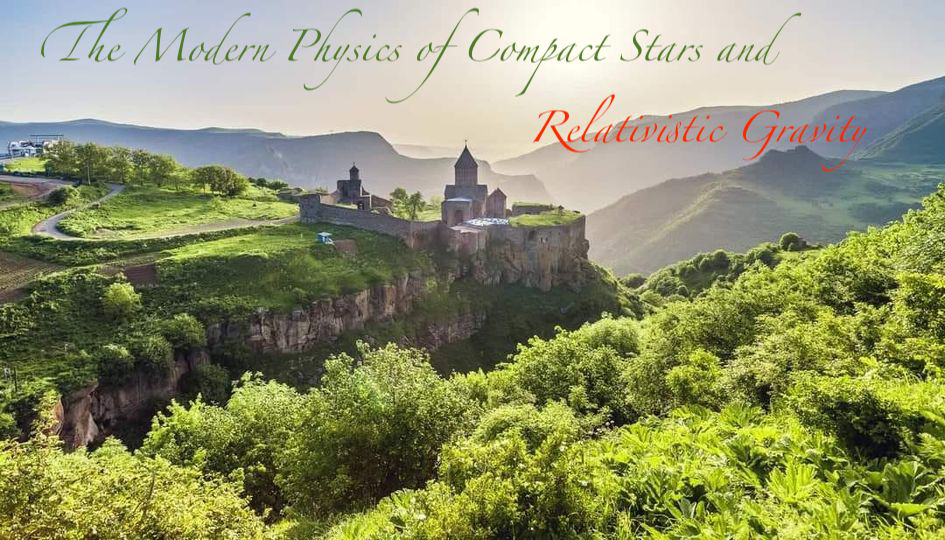Speaker
Description
The discovery of gravitational waves from a binary neutron star merger event GW170817 has allowed for the study of the neutron stars’ interior, particularly the matter at nuclear densities [1]. This detection has also resulted in the improvement of our insight into the maximum mass of neutron stars and their tidal deformability. Moreover, the new knowledge of matter at extreme densities and temperatures has been provided by the product of the merger, which necessitates applying a microscopic model of strongly interacting matter [2]. Indeed, the equation of state (EOS) of dense matter, which is dependent on the gravitational wave signal relevant to the mergers of binary neutron stars, has a key role in modeling the formation of compact stars. On the other hand, the possible existence of the third family of compact stars due to the strong phase transitions in dense matter has long been debated by many authors. There may be two phase transitions for hadronic matter at large densities: the phase in which hadrons are deconfined to quarks and gluons and the one with restoration of chiral symmetry [3]. One can perceive that the existence of two stars with the same mass but of different sizes is a signature of a phase transition in dense matter.
In this research, we aim to study the categories of twin star solutions and also the tidal effects of binary neutron star mergers involved in GW170817. Considering the first-order phase transition from hadronic matter to exotic matter, we apply the EOS with the lowest order constrained variational (LOCV) approach and potentials like Argonne family potentials with and without three nucleon interaction (TNI) contribution for the hadronic phase [4]. It is also noted that we consider the excluded nucleon volume, which makes the EOSs stiff enough and thus this can be regarded as a signal of phase transition to the high-density matter [5].
[1] B. P. Abbott et al. (LIGO Scientific Collaboration and Virgo Collaboration), Phys. Rev. Lett. 119 (2017) 161101.
[2] E. R. Most, et al., Phys. Rev. Lett. 122 (2019) 061101.
[3] J. E. Christian, Z. Andreas, and J. Schaffner-Bielich, Phys. Rev. D 99 (2019) 023009.
[4] Z. Sharifi and M. Bigdeli, J. Phys. G: Nucl. Part. Phys. 46 (2019) 125203.
[5] Z. Sharifi, M. Bigdeli, and D. Alvarez-Castillo, Phys. Rev. D 103 (2021) 103011.




